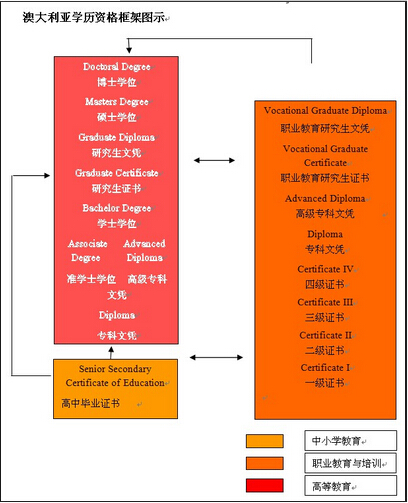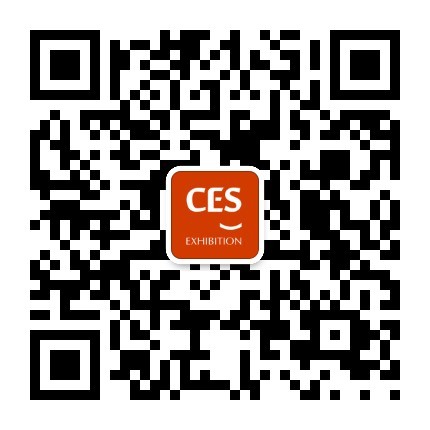Study in Australia: Australia's Overseas Education System Introduction
Australian Education System Introduction
The quality of education in Australia has a world-class. Australian law provides that all primary and secondary schools and technical institutes continents by the Ministry of Education is responsible for each, funded by the federal government, the federal government by the University of unified management. Australian citizens who are overseas students enjoy free education and no such rights. Australia is a national emphasis on education, there are 42 universities and more than 230 specialty and Technical College. These universities and specialist Technical College are almost all federally funded public schools (two private), its state education system is slightly different, but basically the quality of education by the Australian Federal Government control and management, so that schools can but at the same time maintaining a high average quality of education. Each school diploma, are the states and mutual recognition of national traffic. Australian qualifications, our country is the world, including the widely recognized.
Australian education authorities on the domestic level education institutions demanding curriculum institutions have considerable academic level, nurtured many outstanding students. Australia has colorful modern city, but also full of natural flavor of the wilderness and the waterfront. Studying in Australia, students can enjoy a bustling city with nature and their wonderful style.
Compared with other Western countries, Australia is a "safe" place, comfortable, quiet, students can stay in school, and the freedom to travel. Australia is a multicultural blend of national, ethnic diversity is characteristic of many institutions. Australian school not only welcome overseas students, and very concerned about the students' diverse needs. Overseas students studying in state public schools and most non-public (or private) school. Australian native students are most in____institutions.
Students taught by teachers, group activities and individual study ways of learning. Teachers are subject to university education and professional training. Student-centered teaching methods designed to develop students' self-confidence, spontaneity and analytical thinking skills. Perfect Australian school equipment, with modern technology, computer education and computer-assisted learning is very popular, and is actively developing and promoting the use of Internet. Each school library is necessary for important facilities.
1. Primary and secondary schools
Australian education is twelve years schooling by the age of five into kindergarten or preparatory classes, followed by twelve years of primary and secondary school curriculum, most state secondary schools starting from the seventh year. Australian schools based on a national curriculum framework set eight main subject areas: arts and other languages than English, mathematics, science, health and sports, technical, social and environmental studies, English, school education for traditional subjects, such as English , mathematics, science and social sciences in general more attention.
Students complete the twelfth year of high school education in Australia, you can choose a variety of different ways to continue to universities, Vocational and Technical College (TAFE), business schools or other vocational training.
2. Vocational and Technical and Further Education (TAFE)
Vocational training, vocational and technical education by Australia (TAFE) colleges and private institutions, such as enterprises, private colleges, community groups, professional organizations and schools responsible for providing. Australia has 232 major TAFE Institute, which is located in 98 major cities and state capitals, and the remaining 134 are distributed evenly in suburban towns and rural areas. Although states TAFE have their own administrative system, but all communicate with the National Diploma are recognized. TAFE courses is widely recognized by the industry, employers and universities. Qualifications TAFE Institute is also working with other countries, education departments, universities, employment agencies and professional organizations have extensive contacts, so studying in Australia TAFE courses for overseas students can get a student achieved national recognition.
TAFE training institutions, universities and centers network, including not only the major cities, but also extended to apply to the township community. Provide full educational institutions and universities in Australia each year thousands of occupational and non-occupational training courses, there are more than twelve million students taking these courses include: diploma and certificate training courses; vocational training courses; individual vocational electives preparatory course training courses; secondary supplementary courses; professional skills training; adult personal interests, leisure courses; TAFE focuses on group learning, teachers are rich experienced professionals, specialized curriculum setup utility.
In general, foreign students are free to apply for any expense TAFE courses offered, including accounting, secretarial, marketing, business management, animal husbandry and agriculture, land and marine resources, architecture, arts and humanities, business administration, economics, information technology, engineering and technology, health care, computers, gardening, Youbao, clothing design, hairdressing, mechanics training, tourism and hotel management. TAFE also offers a variety of English refresher courses for overseas students, such as intensive English courses, Academic English, as well as 12 grades and college prep courses
3. To provide remedial English courses for overseas students in English tutorial schools (ELICOS)
Overseas students English Specialist Course (ELlCOS) for students from around the world to provide English language training and related services in Australia registered a total of more than one hundred accredited ELICOS colleges. ELICOS College has many different forms of English courses. Full-time courses are usually for a period of four to eight weeks; full-time or part-time course of study usually for one to six weeks. There are various degrees of course, suitable for beginners as well as higher levels of students.
4. University
There are 42 universities in Australia, of which 36 are incorporated into the national unified education system Gongbantaixue. Four federal government-run special higher professional schools. Two for the private university. Australian citizens, permanent residents and New Zealand citizens can "Higher contribution plan" delivery costs at public universities, only to pay part of the cost, the rest can find work after delivery, it shall in personal income tax debt delivering it. Australian universities offer courses include university courses and postgraduate courses: college courses including diploma (diploma courses can also be enrolled in TAFE Institute) and undergraduate courses, postgraduate courses including postgraduate diploma and certificate courses taught master's, and doctoral study MSc degree programs.
Australian college preparatory courses at their own expense to all overseas students courses designed for them to enroll in undergraduate study in preparation. Australian university preparatory classes to help those who have completed Grade 12 high school education in their own country, but can not apply directly to the Australian university applicants, usually for one year, but some crash course offered by the school for half a year compared to the results good student. Students in college prep courses do with the future they want to enter the University of the courses are closely related. College prep and secondary education, the biggest difference is that students do not participate in the examination, but requires successful completion of this course by their teachers or lecturers and assessment tests to prove that they have reached a certain stage of academic level, they can enter their own newspaper read and acknowledge that the university curriculum
Australian university education focuses on the understanding and application of theoretical knowledge, students develop critical thinking were different views arguments. Students to actively participate in class discussions, case not understand the question at any time to ask questions. Many lecturers Interested students are encouraged to actively discuss and express their opinions, to deepen understanding of the issues. Students should be able to accept this approach to learning, learning to do more with less. Most universities offer counseling to students to help them to develop more effective learning techniques. Many university lecturers to guide overseas students has a wealth of experience, students can ask them for help.
Asia-Pacific to provide scholarships for students to double
Australian universities Foreign students can apply for the award, grants can be divided into two categories: one is overseas Graduate Research Fellowship, referred 0PRS. The scholarship by the Australian employment, education and training department set up specifically for foreign students; the other scholarship grants is set by Australian universities.
May 2005, the Australian Government and the Cheung Kong Group, jointly set up "Australia Education and Research Scholarship" to pursue postgraduate and postdoctoral research staff provide a total amount of 2.5 million Australian dollars in scholarships and give priority to the Chinese mainland and Hong Kong, China applicants. February 2006 to March, the Australian launch eight tourism and hotel management and specialist Master of Education Scholarship Program, and clearly there is at least one will be awarded to applicants from China.
In May 2006, Australia announced education scholarships for the students of the Asia Pacific region doubled. Under the scholarship program, under 5 years since 2006 between Australia Education, Science and Training will be provided in the award richer "Australia struggle Scholarship" program to provide scholarships to the 9700 Asia-Pacific region. AusAID will "provide 6600 scholarships Australian Development Scholarships. At the same time, will also launch a new for the 3200 Asia-Pacific business, education and government organizations future leaders issued" by Australian Leadership Scholarship " to finance their advanced training in Australia.
Application Note:
Applicants need a bachelor's degree or above, fluent in English, and through several ways either to prove their English language ability: In the English-speaking countries received full university education; IELTS score of 6.5 points or more; TOEFL score of at least 580 points, including English writing score of at least 4.5; TOEFL test score of at least 230 points, including English writing at least 4.5 points. It should be noted that the applicant participated in the IELTS and TOEFL test time must apply within two years prior to the scholarship.
Application materials include: the applicant's passport, a copy of the approved English proficiency proof material such as IELTS, TOEFL test scores, academic achievement and credits at the University of evidence, the applicant was admitted to university enrollment documents and the like.
Apply for an Australian International Postgraduate Research Scholarship students must struggle to provide the scholarships Australian universities apply directly by universities decide on the applicant screening.

(Source: Australian study network)

